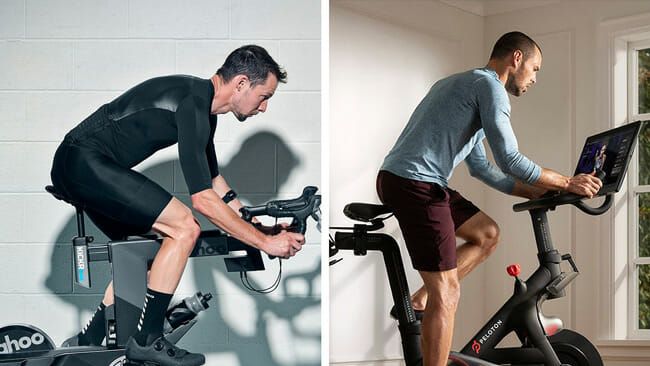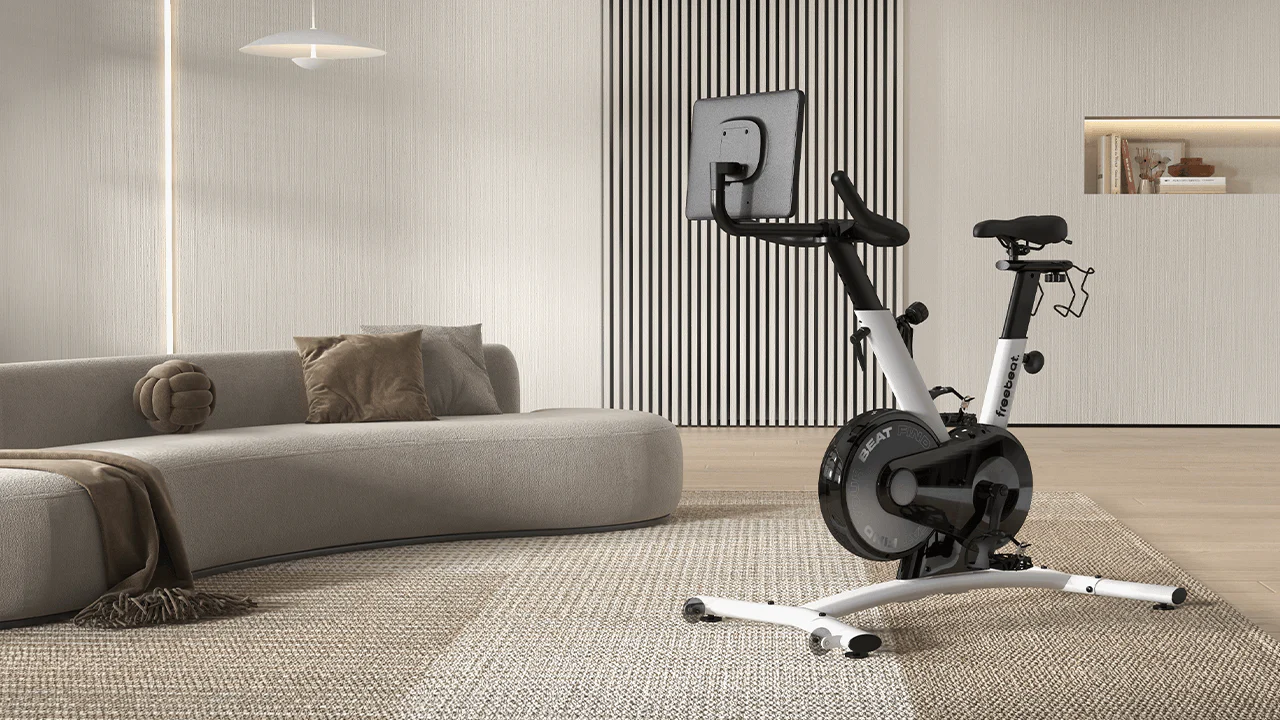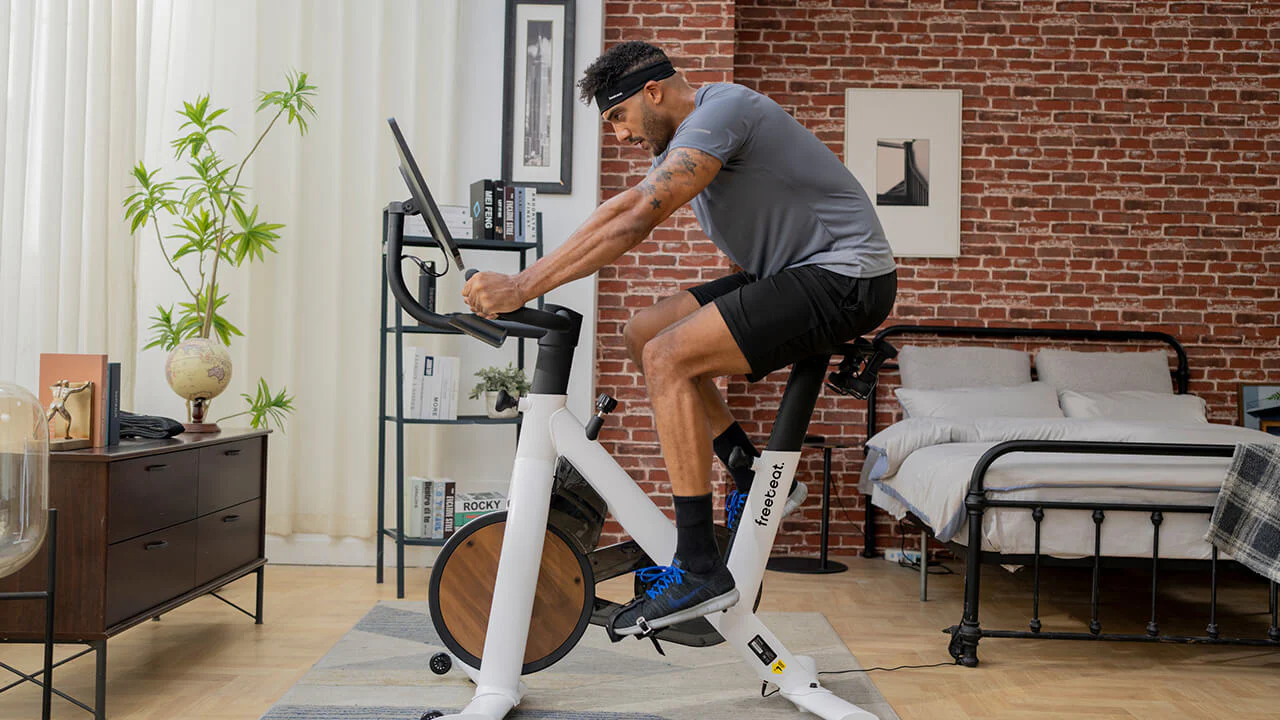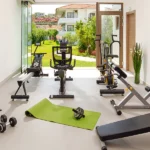Introduction
Exercise Cycle have become increasingly popular for at-home workouts and gym routines. Offering a low-impact way to burn calories and improve cardiovascular health, they provide a convenient alternative to outdoor cycling. However, many individuals make common mistakes when using exercise bikes that can hinder their progress and even lead to injuries.
Choosing the Wrong Bike
One of the most common mistakes people make is selecting the wrong type of exercise bike. With various options available, such as upright, recumbent, and indoor cycling bikes, it’s essential to choose one that suits your fitness goals and physical condition. For example, those with back issues may benefit from a recumbent bike, while serious cyclists may prefer an indoor cycling bike for a more intense workout.
Ignoring Proper Setup
Another mistake is neglecting to properly set up the exercise bike. Adjusting the seat height, handlebar position, and pedal straps ensures a comfortable and efficient workout. Failing to do so can result in discomfort, muscle strain, and decreased performance.

Skipping Warm-up and Cool-down
Many people underestimate the importance of warming up before and cooling down after a workout on an exercise bike. A proper warm-up prepares the body for exercise by increasing blood flow to the muscles and loosening the joints, reducing the risk of injury. Similarly, cooling down helps the body gradually return to its resting state and prevents muscle stiffness.
Incorrect Posture
Improper posture is a common mistake that can lead to discomfort and injury when using an exercise bike. Slouching or leaning too far forward can strain the back and shoulders, while gripping the handlebars too tightly can cause tension in the arms and wrists. Maintaining a neutral spine and relaxed grip is key to preventing strain and maximizing the effectiveness of the workout.
Pedaling Too Fast or Too Slow
Finding the right pedaling cadence is crucial for a productive workout on an exercise bike. Pedaling too fast can result in bouncing and inefficiency, while pedaling too slowly may put excessive strain on the knees and hips. Aim for a steady rhythm that allows you to maintain control and engage the leg muscles evenly.
Ignoring Resistance Levels
Many users make the mistake of sticking to the same resistance level throughout their workout, neglecting to challenge themselves and improve their strength and endurance. Adjusting the resistance settings periodically can help prevent plateauing and ensure continued progress.

Not Paying Attention to Form
Maintaining proper form during exercise is essential for preventing injuries and maximizing results. This includes keeping the shoulders relaxed, engaging the core muscles, and pedaling smoothly with a full range of motion. Avoid rocking the hips or bouncing in the saddle, as this can strain the lower back and lead to discomfort.
Overtraining
While regular exercise is important for overall health and fitness, overtraining on an exercise bike can lead to burnout and injuries. Pushing yourself too hard or working out for extended periods without adequate rest can result in fatigue, muscle soreness, and decreased performance. Listen to your body and incorporate rest days into your routine to avoid overtraining.
Neglecting Hydration
Staying hydrated is crucial during any form of exercise, including using an exercise bike. Sweating during workouts causes the body to lose fluids, which must be replenished to maintain optimal performance and prevent dehydration. Be sure to drink water before, during, and after your workout to stay hydrated and energized.
Focusing Solely on Cardio
While cardiovascular exercise is an essential component of any fitness routine, focusing solely on cardio workouts on an exercise bike may neglect other aspects of fitness, such as strength and flexibility. Incorporating resistance training and stretching exercises into your routine can help improve overall fitness and prevent imbalances in the body.
Ignoring Maintenance
Regular maintenance is necessary to keep an exercise bike in good working condition and prevent breakdowns. This includes cleaning the bike regularly, checking for loose or damaged parts, and lubricating moving components as needed. Neglecting maintenance can result in reduced performance and costly repairs down the line.

Conclusion
In conclusion, using an exercise bike can be an effective way to improve cardiovascular health, burn calories, and enhance overall fitness. However, to reap the full benefits of this exercise equipment, it’s essential to avoid common mistakes such as choosing the wrong bike, neglecting proper setup, and ignoring warm-up and cool-down routines. By paying attention to posture, pedaling technique, and resistance levels, and listening to your body, you can enjoy a safe and effective workout on an exercise bike.
What People Are Saying About GitFit
I absolutely love my exercise bike! It’s been a game-changer for my fitness routine. Living in Islamabad, it’s not always easy to find time for the gym, but having the bike at home makes it so convenient. I’ve noticed a significant improvement in my energy levels and overall well-being. Highly recommend it!
Zara Ali
Using the exercise bike has been a fantastic experience for me. As a busy professional in Karachi, finding time for exercise can be challenging, but the bike has made it so much easier. I’ve seen noticeable improvements in my stamina and fitness level since incorporating it into my routine. Definitely a worthwhile investment!
Ahmed Khan
FAQs: Your Burning Questions, Answered
How often should I use an exercise bike?
It depends on your fitness goals and schedule. Aim for at least three to five sessions per week for optimal results.
Is it normal to feel sore after using an exercise bike?
Yes, some muscle soreness is normal, especially if you’re new to exercise or have increased the intensity of your workouts. However, if the pain is severe or persistent, it’s essential to rest and consult a healthcare professional if necessary.
Can I lose weight by using an exercise bike?
Yes, regular workouts on an exercise bike can help you burn calories and contribute to weight loss when combined with a healthy diet.
How long should I warm up before using an exercise bike?
Aim for five to ten minutes of light cardio, such as walking or cycling at a low intensity, to warm up your muscles and prepare your body for exercise.
Can I use an exercise bike if I have knee pain?
It depends on the cause and severity of your knee pain. Consult a healthcare professional before starting any exercise program, and consider adjustments such as lowering the resistance or using a recumbent bike if necessary.








